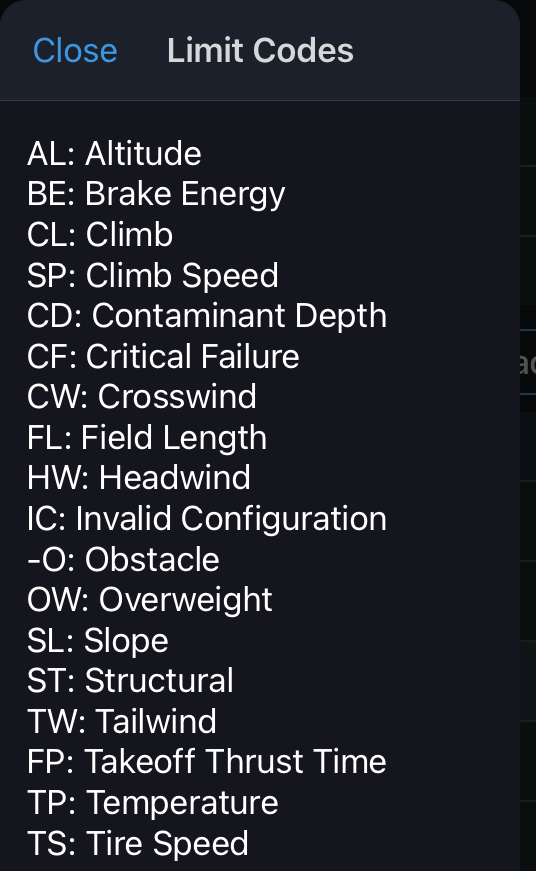According to this question's answers, MTOW (or MTOM) is the Maximum Take Off Weight, which is everything up to and including trip fuel. Then there is one step above that, MRW, or Maximum Ramp Weight, which is MTOW plus fuel used to taxi out to take-off.
Can a plane be given too much roll-out fuel, so as the plane is actually too heavy to take off, without having to do perhaps another lap around the airport?
My thoughts are that there are simply no scheduled flights which require a total amount of trip fuel that would make roll-out fuel cause the plane to be too heavy for take off.
EDIT: Although (in a comment) I am asked to possibly change the title of the question to fit more closely (include fuel), after considering it, I've decided to leave it alone. It is unlikely that a plane would be loaded to the point that it is too heavy to take off, before fuel is added. I believe it would be a 100% certainty that it was the addition of fuel that will make (all)(commercial) aircraft go beyond MTOW. There might be some edge cases of contents (payload) being too heavy, but if that were the case the plane would not even be considered for take off (without fuel).

